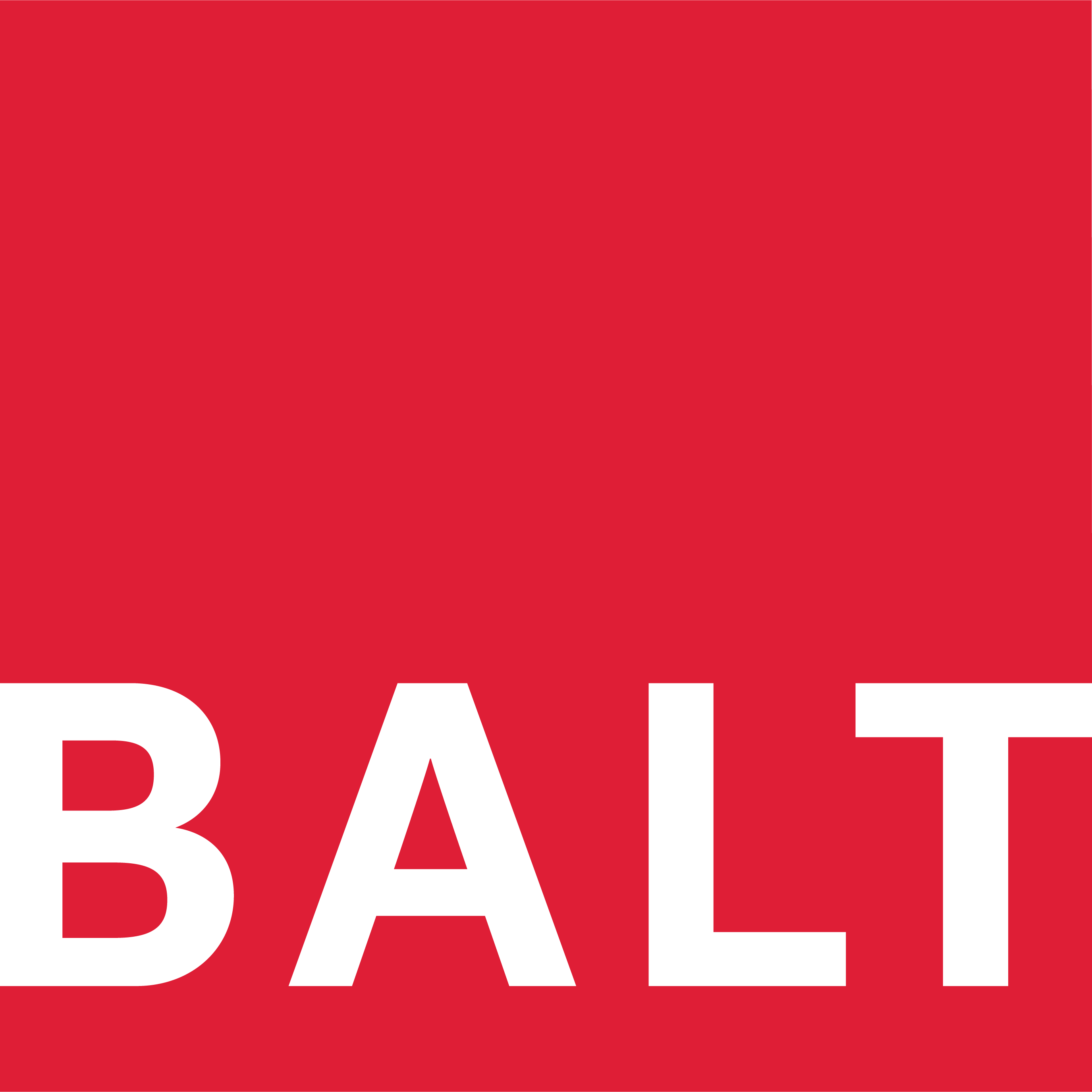The Lean philosophy focuses on the ‘value stream’; the chain of value creating steps required to design, make, and deliver a product. The aim is to remove waste, mistakes, and inflexibility and thereby enhance customer value. Lean emerged from the manufacturing industry however the philosophy of Lean can be applied to almost any value chain, including the provision of services such as hospitality, health care and local government.
Create value and minimise waste
The term ‘Lean manufacturing’ is quite widely known. Lean manufacturing focuses principally on the internal manufacturing operations of the company. The aim is to maximise value and minimise waste in the manufacturing process. A pull-system forces Just-in-Time production. A small finished goods inventory is maintained and as the inventory is depleted it is replenished by ‘pulling’ a new production order through the factory. Many Tasmanian companies are already implementing Lean manufacturing.
The ‘Lean supply chain’ has a broader scope. Besides manufacturing, it encompasses warehousing, distribution, transport and procurement. It involves engaging with the other parties in the supply chain; suppliers, transport companies, distributors, retailers, etc. to challenge every step in the value creation process and progressively move it toward perfection.
Typically this may involve:
- Restructuring the supply chain to eliminate, combine, rearrange or simplify the stages;
- Removing commercial obstacles between the parties and simplifying commercial administration;
- Removing obstacles to the free flow of information;
- Promoting the smooth supply of goods by developing better logistics methods and systems;
- Positioning inventory strategically in the chain to accommodate known constraints and working to progressively eliminate those constraints to further reduce inventory;
- Coordinating the change process between supply chain partners so that the supply chain begins to operate as one entity.
Value adding is the key
Implementing the Lean supply chain is highly dependent on people; their skills, knowledge and mindsets. A primary requirement is the ability to understand and define customer value, and then to identify all forms of waste in the current operations, ie. anything that does not add value in the eyes of the customer. The next task is to design and implement initiatives to eliminate this waste.
A number of tools and techniques can be learnt to assist in the various stages of the improvement process. These include value stream mapping, activity sampling, flow charting, storyboarding, value analysis, set up time reduction, etc. However, it is not just a matter of learning the tools, it is a matter of developing a ‘Lean mindset’; initially by the key leaders in the supply chain but ultimately throughout supply chain.
The Lean Action Learning program aims to do just this, through a process of learning by doing, ie. action learning.
